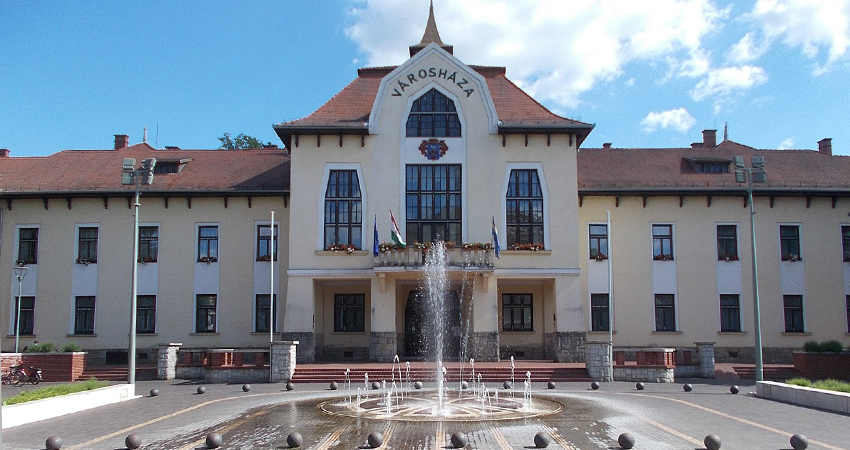EU prepares legal action over Hungary´s arsenic levels in drinking water

-
 Fergal MacErlean
Fergal MacErlean
Share article:
The European Commission has formally requested that Hungary comply with EU law for long-running failures to reduce levels of arsenic and boron in its drinking water. Thirteen water supply zones still do not comply with the Drinking Water Directive for the toxic semimetals the EU said in their July 22 infringement decision.
“After the expiry of a derogation period following Hungary’s accession to the EU [in May 2004], the European Commission carried out an investigation, which showed that Hungary was in breach of the Drinking Water Directive in 66 water supply zones. On 27 May 2016, a letter of formal notice was sent and, on 8 December 2017, an additional letter of formal notice was sent to cover additional zones. However, 13 water supply zones still do not comply with the Drinking Water Directive for arsenic and boron”, the European Commission said in the latest statement.
Procedure
Hungary has two months to respond from the date of the formal request and take the necessary measures. If the country does not comply, the Commission may decide to refer the matter to the Court of Justice. However, most cases are settled before being referred to the court. A spokesperson of the European Commission for Transport and Food Safety told Water News Europe that ‘as the case is ongoing, the Commission is not in a position to disclose details of the case, such as the list of agglomerations concerned.’
Geological origin
Hungary´s geology is the cause of most of the high levels of the semimetals in the tested waters. The Great Hungarian Plain, occupies most of landlocked Hungary, and is the largest part of the wider Carpathian Basin where aquifers contain elevated concentrations of naturally occurring arsenic – a carcinogen. It is the most severely affected region in Europe, with estimates suggesting an impact on some 650,000 people in Hungary, Romania and Serbia.
South of Hungary worst affected
Gergely Simon, a toxic expert with Greenpeace Hungary, said that ‘in the vast majority of cases’ the levels of arsenic which exceed the EU limit of 10 μg/l are ‘of geological origin’. “In the 80s, 1.7 million people had to drink arsenic-contaminated drinking water. Due to extensive programs it has really reduced in the past decades,” Simon said. Csongrád-Csanád county, in southern Hungary, is the worst affected region; the highest arsenic concentration recorded was 44.4 μg/l. Boron levels were also recorded above the EU limit of 1 mg/l.
Carcinogen
Long-term exposure to arsenic from drinking-water and food can cause cancer and skin lesions, the World Health Organisation (WHO) has noted. It has also been associated with cardiovascular disease and diabetes. Early childhood and in utero exposure has been linked to negative impacts on cognitive development and increased deaths in young adults. Short- and long-term oral exposures to boric acid or borax in laboratory animals have demonstrated that the male reproductive tract is a consistent target of toxicity, the WHO notes.
Water Treatment
Water treatment options for arsenic are costly for small settlements in Hungary where reverse osmosis is the most commonly adopted method. Blending low-arsenic water with high-arsenic water can also achieve satisfactory results. For boron, blending options to reduce boron concentrations may be the only economical method where levels are high. Alternatives include ion exchange and reverse osmosis.


















